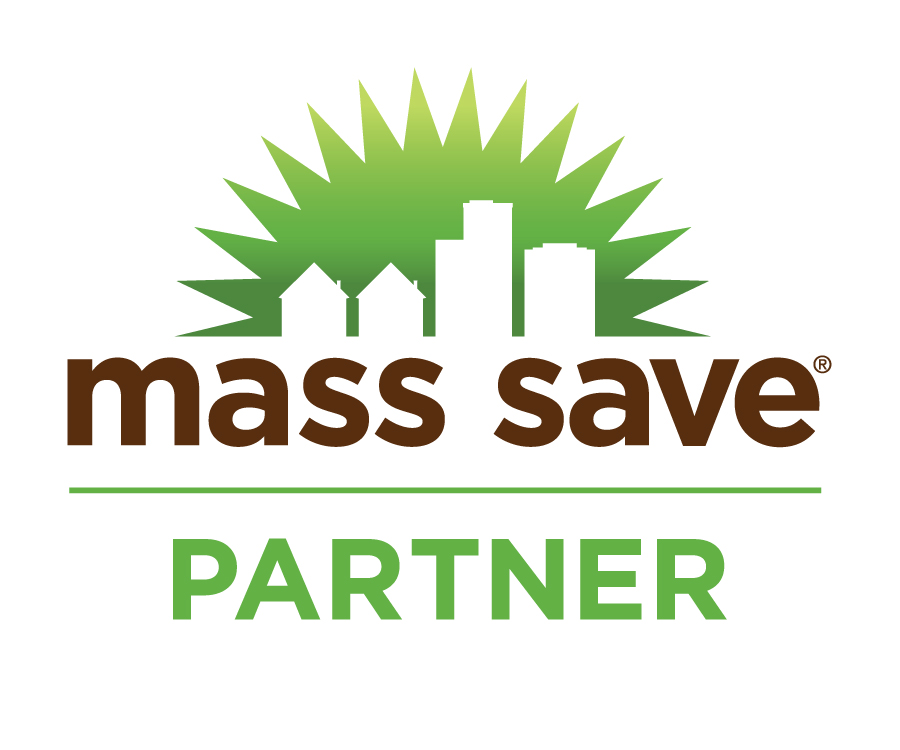
Your home is your castle, and like any good castle, its barricades should shield against outside threats. But did you know about the hidden threats on the inside? Even after all the precautions taken to make life safe, there could still be home dangers staring us in the face. Neeeco’s Mass Save® no-cost Virtual Home Energy Assessment can help you find them. We’ll point out hazards to be concerned about–including the threat of high energy bills! We have defenses against those too which cost nothing.
Here are some of the home dangers we can alert you to.
Asbestos
Asbestos was used in homes built before 1980 in a variety of ways. From asbestos shingles on the outside of the house to asbestos insulating wraps for hot water pipes on the inside, this naturally occurring material was the go-to building product for decades. Of course, this was before it was discovered just how dangerous to humans it really was.
Asbestos is a high-risk, carcinogenic substance. If inhaled, it lodges itself deep within the lungs. Thankfully, asbestos is usually hidden in products like insulation which doesn’t normally float in the air. However, if disturbed and dust is kicked up, breathing it can lead to fatal health consequences, including irreversible lung damage and the development of a type of cancer called mesothelioma.
When asbestos is found in a home, a certified asbestos removal company should be brought in to deal with the issue.
Lead Paint
Like asbestos, lead paint was used everywhere before it was discovered just how much of a health issue is presented. Lead paint chips falling off the wall can be dangerous for young children playing on the floor, and if lead paint was used on an old window sash, the disintegrating dust presents a danger to anyone walking by. Exposure can lead to lead poisoning which is a significant risk factor for the development and growth of children who could face a variety of health issues when they grow up.
In 1978 the government finally passed laws restricting the use of lead paint in homes. But just because it was no longer used in new construction, many existing homes remained contaminated–homes we live in to this day.
Mold
It should come as no surprise that in many homes, even some we think of as “new” and “well insulated,” mold can be a serious issue. In fact, mold is most likely the number one risk to homeowners. It could start with one little leak from a pipe, an ice dam building up water, or a drafty window allowing in rain from outside. You can clean up the water, fix the leak, and think everything is fine but the lingering moisture makes for the perfect environment for mold growth. When spores develop, they can easily spread by floating through the air. And if you have an HVAC system they can spread even faster. Over time, that mold will grow larger and larger, more and more harmful.
Carbon Monoxide
There is a reason carbon monoxide is referred to as the silent killer. Being colorless and odorless, this deadly gas is emitted as a result of combustion (ie, your furnace, car engine, generator, gas dryer, etc.) The good news is that as long as you keep your oil and gas-powered appliances in good working order, you should have nothing to worry about.
However, rather than just hoping nothing ever happens, your best defense is to install carbon monoxide detectors. When you have a home energy assessment, you will also learn about all the high-risk areas for carbon monoxide in your home and where the best possible placement for them will be.
Knob and Tube Wiring
Knob and Tube or K&T is another issue people can find hidden in their homes. It was the first standardized method of wiring a house from the late 1800 up through the 1930’s. It consists of a copper wire with a single jacket of asphalt-soaked cloth for insulation. Porcelain tubes allowed it to pass through joists without touching the wood and porcelain knobs were used to guide the wire through the walls. When it was new, it worked just fine and in some places it still does. Unfortunately though, as things age, they don’t perform as well as they used to and these wires are no exception. The insulation can crack and fall off while the porcelain insulators can fail as well. This is bad enough on its own but with any other modifications performed over the decades, it can lead to a far more serious problem.
What should you do?
So what’s a homeowner to do against all these health hazards?
Start by setting up a Mass Save® no-cost virtual home energy assessment with Neeeco. In addition to saving you money with no-cost incentives, we can also help identify if any of these five hazards are present in your home. Even better, we can work with you to address each of these issues ensuring you have a safe and energy-efficient home.
Neeeco is your one-stop shop for helping your home to perform at its best. Get in touch with us today so you can rest easy tomorrow.
Call (781) 514-5882 or contact us to get started with a no-cost Mass Save® home energy assessment.
